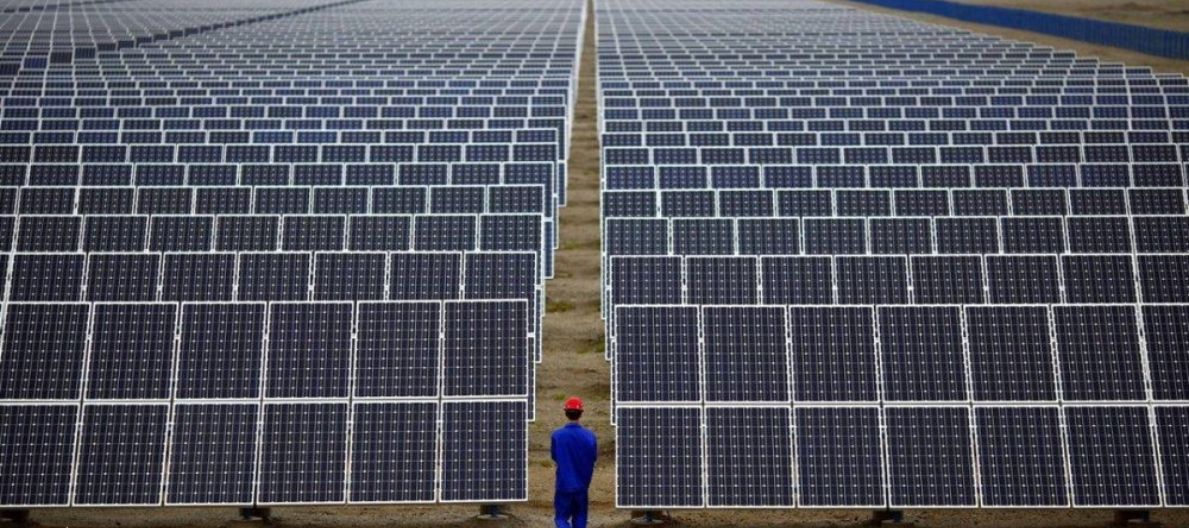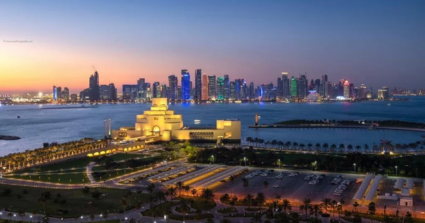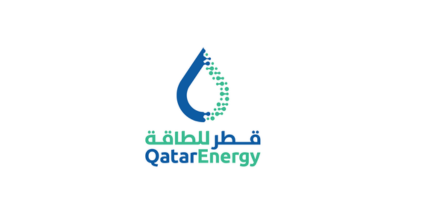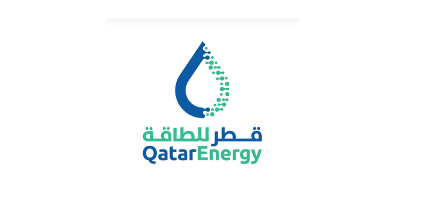Mesaieed and Ras Laffan Solar Power Plants to Open with 875 MW Capacity
Qatar is set to inaugurate the Mesaieed and Ras Laffan solar power plants tomorrow (Monday), with a combined production capacity of 875 megawatts — 458 MW from Ras Laffan and 417 MW from Mesaieed. Built over a total area of 10 square kilometers, the two plants are expected to reduce approximately 28 million tons of carbon dioxide emissions, supporting the country’s efforts toward a more sustainable future and enhancing its transition to clean energy, especially as Qatar expands its liquefied natural gas (LNG) production and boosts overall efficiency to around 144 million tons annually.
Significant Investment
The two plants, constructed by South Korea’s Samsung C&T Corporation, represent an investment of approximately QAR 2.3 billion. This substantial commitment reflects Qatar’s dedication to sustainable development and the expansion of clean energy production, capitalizing on its significant solar energy potential alongside natural gas, which continues to play a major role in the country's electricity generation mix.
A Step Forward in Clean Energy Transition
The inauguration of Mesaieed and Ras Laffan solar power plants is a continuation of Qatar’s clean energy transition strategy, following the successful launch of the Al Kharsaah Solar Power Plant. Al Kharsaah, Qatar's first and one of the region’s largest solar facilities, spans over 10 square kilometers and includes more than 1.8 million solar panels, with a production capacity of around 800 megawatts, covering approximately 10% of the country’s total electricity demand.
The Al Kharsaah plant employs the latest technologies, such as bifacial solar panels and a single-axis tracking system to optimize sunlight capture, along with automated robotic cleaning systems using treated water, aimed at maximizing efficiency, maintaining continuous production, and reducing operational costs.
Future Projects
In line with its efforts to balance reliance on natural gas with other renewable energy sources, QatarEnergy announced plans a few months ago to build a new solar power plant in the Dukhan area with a production capacity of 2,000 megawatts. This project will double Qatar’s solar power output and play a key role in carbon emission reduction efforts, forming part of a practical and realistic transition toward cleaner energy.
Once operational, the new plant will increase Qatar’s solar energy production capacity to approximately 4,000 megawatts by 2030, representing about 30% of the country’s total electricity generation capacity, and positioning it among the world’s largest solar power projects.





